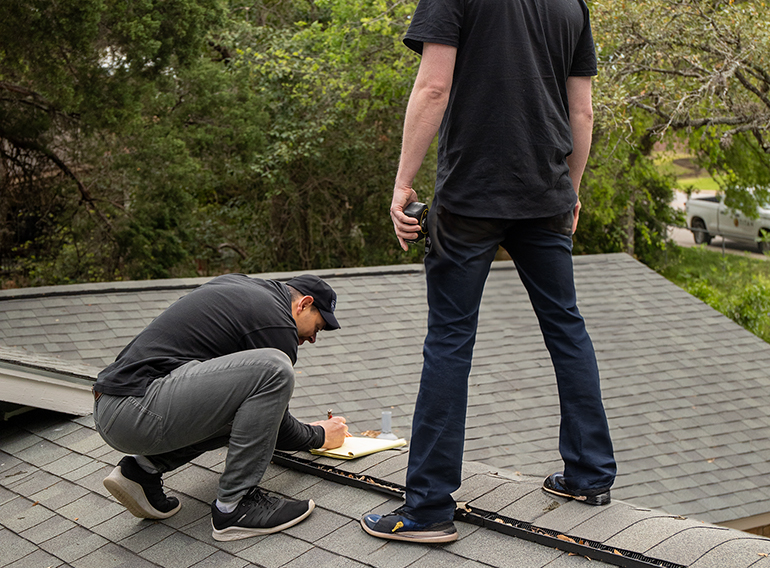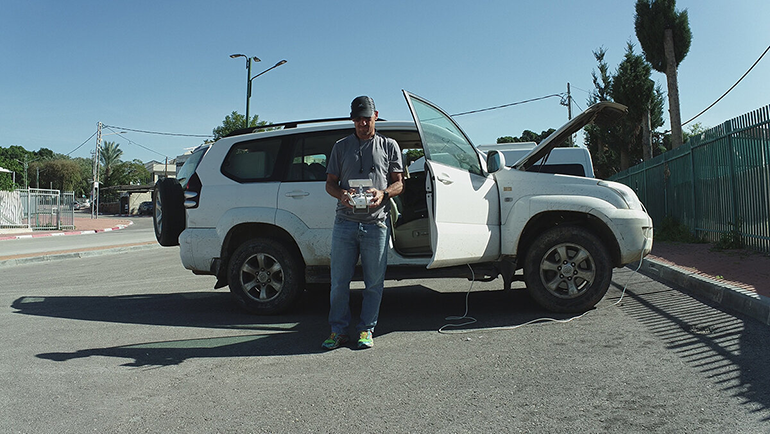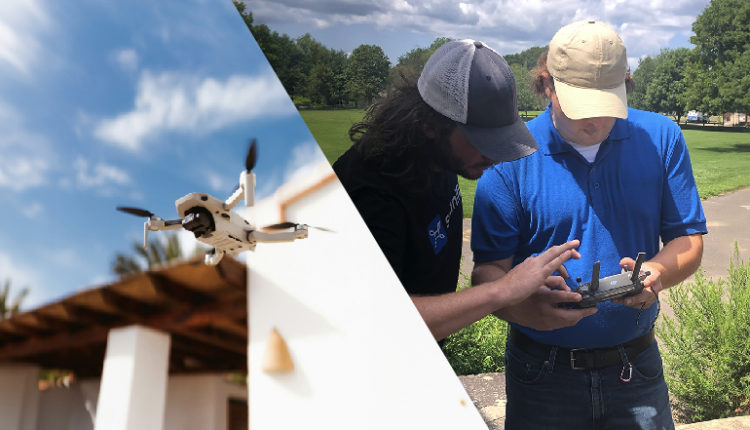Learn Drones and Get Licensed in 15 Hours or Less (And Get that Time Back Immediately)

Takeaway: You can learn to fly a drone in 30 minutes. From there, it will take approximately 10-15 hours to obtain your FAA Part 107 license. Then you’re done and you immediately save 20-45 minutes per survey compared to collecting hand measurements. Within two weeks you will have saved more time on surveying than you spent learning to use drones and obtaining a license. If your manual measurements are “accurate enough,” chances are you’re missing details that will cost you time, money, or both when it comes to design and installation. Instead, use drones to save time on surveying, save time on design, and eliminate overhauls, as-builts, delays, repermits, and plant call-offs.
A third (32.3%) of manual examinations with hand measurements lasts 60-90 minutes or longer. And more than half (51.6%) of manual surveys take 30 to 60 minutes.
The same survey with a drone takes 10-15 minutes (you too no need to climb on the roof).

Download our free guide! Learn how to get everything you need to launch a drone program in less than 2 weeks.
If you have a average from 3-5 surveys per day, drones will more than save you money two hours a day — time you can use to conduct more surveys or contact potential customers.
Learning to fly a drone takes about 30 minutes FAA Part 107 license takes about 10-15 hours. Two weeks after you incorporate drones into your surveying workflow, you’ll save more time than you spend learning and getting licensed.
Drones make your life a lot easier
The main advantages of drones are that you collect all site information and data as accurate as manual methods. In addition, all information is automatically shared and collected on one platform, saving you time every step in the project process, from design to purchase and installation.
Not only have we tested this ourselves, but we also see it with other contractors. For example, solar energy services The project timelines went from 3 weeks to 3 weeks to dawn as they implemented technology and transitioned from manual processes.

The ROI of drone learning is huge:Drones can make you 5x more efficient, which means you will make up for the time you spend learning very quickly. Even if you’re an absolute beginner and have never touched a drone before, you can learn drones and get an FAA license in less than 25 hours total.
What should I do if my hand measurements are “accurate enough”?

If your manually measured surveys are “always accurate,” chances are one of the following is going on:
- Your surveys are taking a very long time and are costly in terms of salary hours for two surveyors per job.
- You only measure the proposed roof surfaces and may lack better areas for solar or overflow space in the event of a change order.
- You use conservative measurements such as setbacks that are too large to accommodate errors or not capturing every obstacle and roof detail.
- You use remote imagesmeaning your designers are working overtime to correct errors or your installers are solving problems on installation day.
- Your installers won’t tell you what actually happens on installation day and have accepted revision as just ‘part of the job’.
And even if that’s not the case, your design team still needs time to translate manual notes (e.g. drawings on paper) into digital documents – and to troubleshoot problems such as if the paper gets wet, sweats on it, or if a team member has messy handwriting. . This amounts to redesigning the entire site, and 25% of designers say this is necessary in an hour per project.
Then if something goes wrong – 57.4% of Designers say revisions are underway at least a quarter of projects and 9% say every project contains at least one error; your team is stuck revising it. Some overhauls may take hours to address or require another truck roll; the average cost is $750 per overhaul. If you rely on satellite measurements, these delays and revisions will become more common due to the graininess and unreliability of satellite images.
And if the problem is not is completely resolved by the time you reach purchase or installation day, your installation team will be even more delayed (and that’s if they can; they may well be forced to call off the installation entirely to allow time for new permits).
The reality is that it is not possible to obtain truly “perfect” measurements by hand. It takes too much time, or you make mistakes that you are not aware of. Both cases result in a lot of manual design work that wastes a lot of time.
Think holistically, not just in advance
Setting up drone programs takes some time (and money). We do not deny that.
But holistically, it provides significant time and cost savings. Moreover, it allows you to expand your talent pool, retain your good people and gain more sales capacity.

With the continued evolution of the solar industry, every contractor needs to take a step back and think about their business holistically. By trying out new technology you can create a safer work environment for surveyors, a more accurate starting point for designers and a better workday for your installers. All it takes is a few hours of learning.

Learn all the skills you need to conduct drone-based site surveys and design PV systems using Scanifly. Plus, earn up to 8 FREE NABCEP CE credits!
Sponsored content by Scanify



Comments are closed.